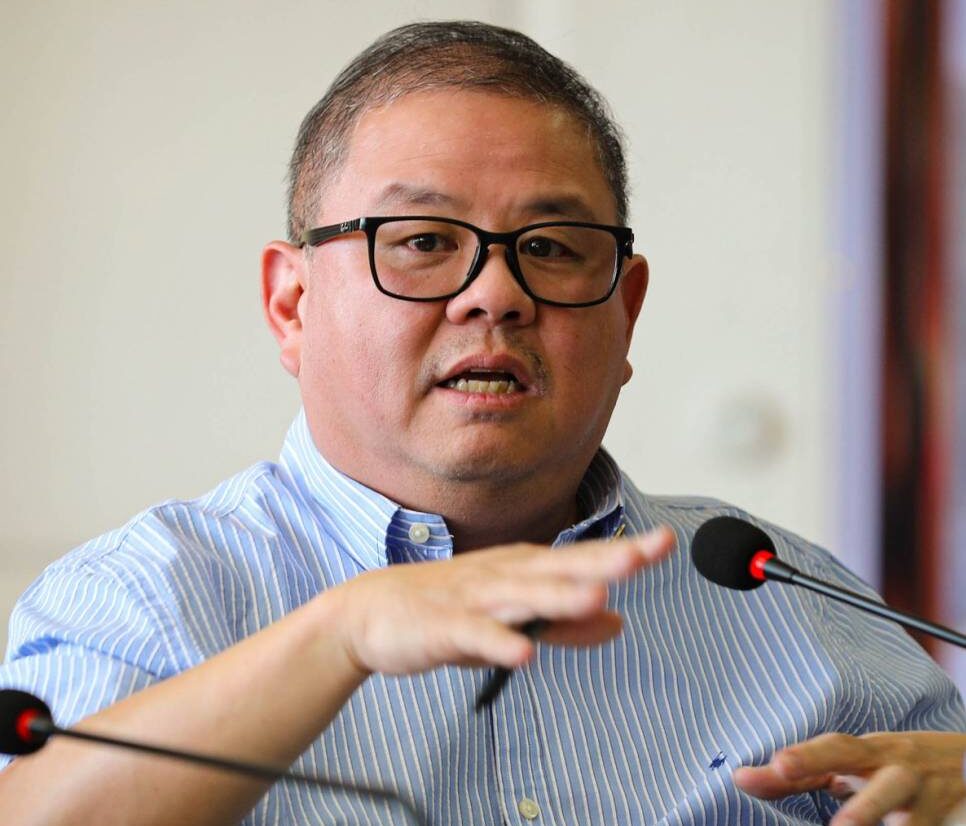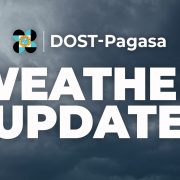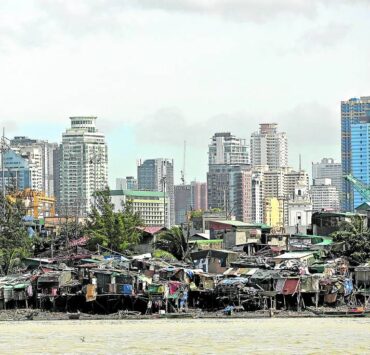Govt’s P20 rice program may go beyond Visayas

More Filipino consumers may gain access to cheaper rice after the Department of Agriculture said it may expand its P20 per kilo rice program beyond the Visayas, said Agriculture Secretary Francisco Tiu Laurel Jr.
“What we are thinking now is since we really need to dispose or move out the NFA (National Food Authority) stocks in the warehouse, we might include those areas but it is not final yet,” Tiu Laurel said in a radio interview with dzRH over the weekend.
“Those who joined the P33 NFA rice program, we will probably include them. There are takers, some from Luzon, some from the Visayas [and] some from Mindanao,” he added.
Based on the NFA’s tally, participating local governments have bought 12,900 bags of rice from them. These are San Juan and Navotas in Metro Manila, as well as Cotabato, Camarines Sur, Isabela, Palayan City in Nueva Ecija, Zamboanga City and Mati City.
The new rice project was launched in the Visayas last week. It will be launched in Western Visayas, Central Visayas, Eastern Visayas and the Negros Island.
Under this program, each family is allowed to purchase up to 10 kilos a week, or 40 kilos a month.
It was initially designed to last until this December or February next year, although the President has instructed the agency to implement this initiative until 2028 or the end of the Marcos administration.
The budget for the initial rollout is estimated at P3.5 billion to P4.5 billion, which Tiu Laurel said would be subsidized by the government.
Quality rice
In a separate radio interview with dzBB on Saturday, NFA Administrator Larry Lacson assured the public that the rice to be sold under the P20 per kilo rice program is of high quality.
However, Lacson clarified that not a single grain of rice has been released from NFA warehouses for this purpose.
“I personally instructed our people that nothing of poor quality [of rice] will leave the warehouse,” he said, adding that NFA rice stocks undergo regular monitoring as well as laboratory and other tests to assess the quality.
“That’s what saddens us because, as we have always said in previous interviews, we have a quality management system in place,” he added.
Lacson explained that the system used to sell NFA rice stocks during the food security emergency will also be applied to the government’s rice program, in which purchases will be coursed through the Food Terminal Inc.
He also said about 378,000 metric tons or 7.5 million sacks of NFA’s rice stocks nationwide will be set aside for this purpose.

















